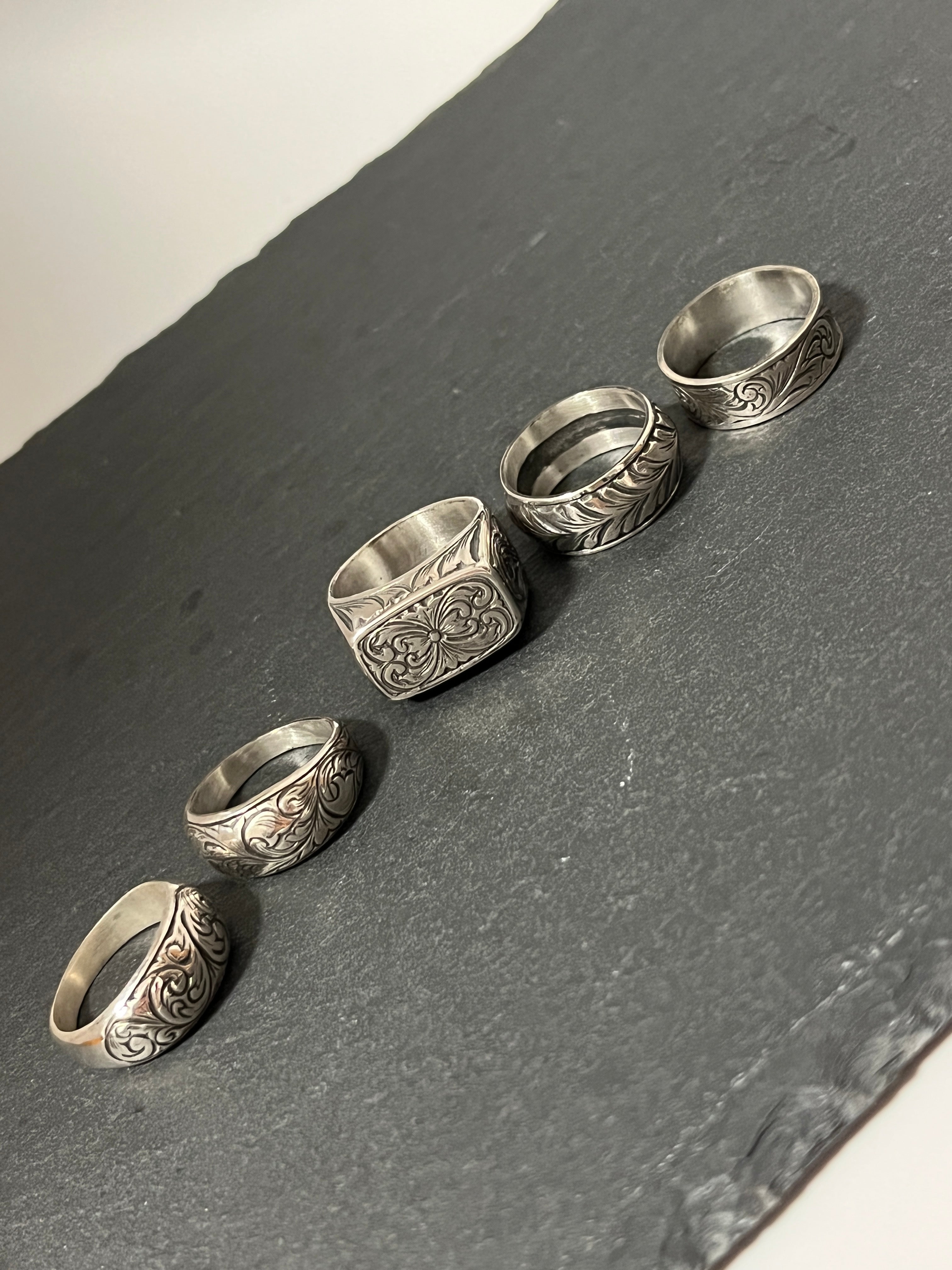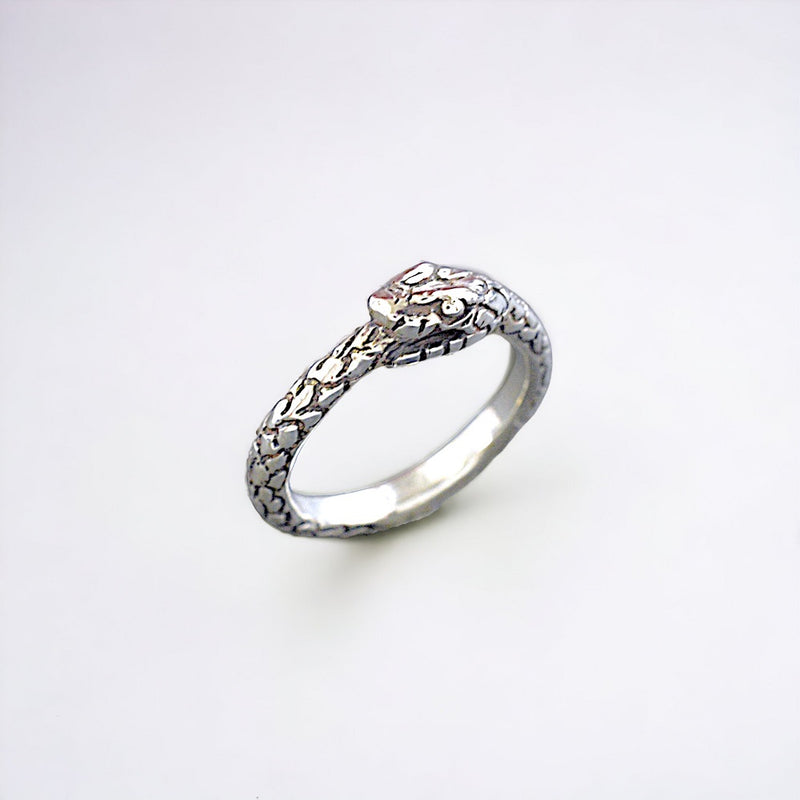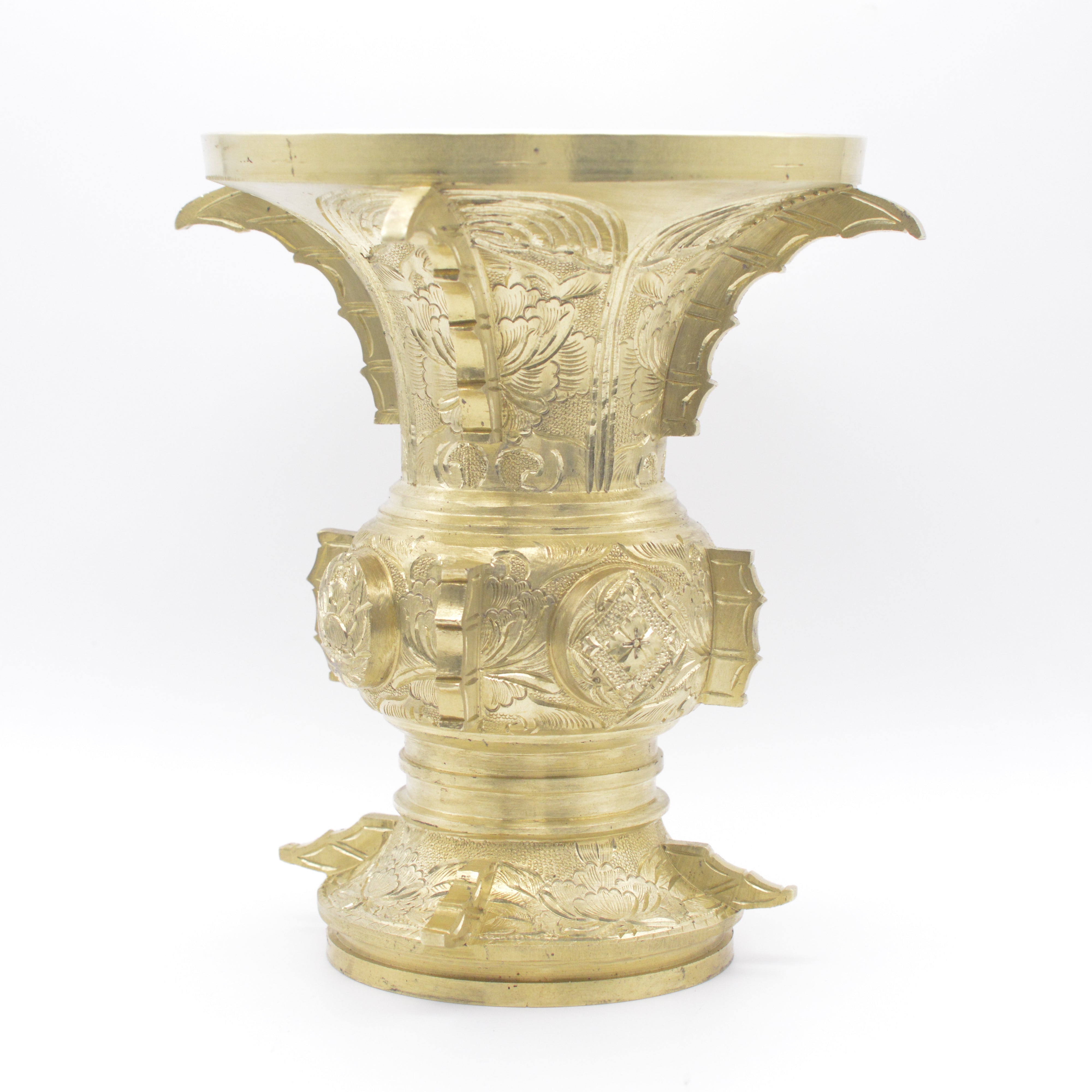
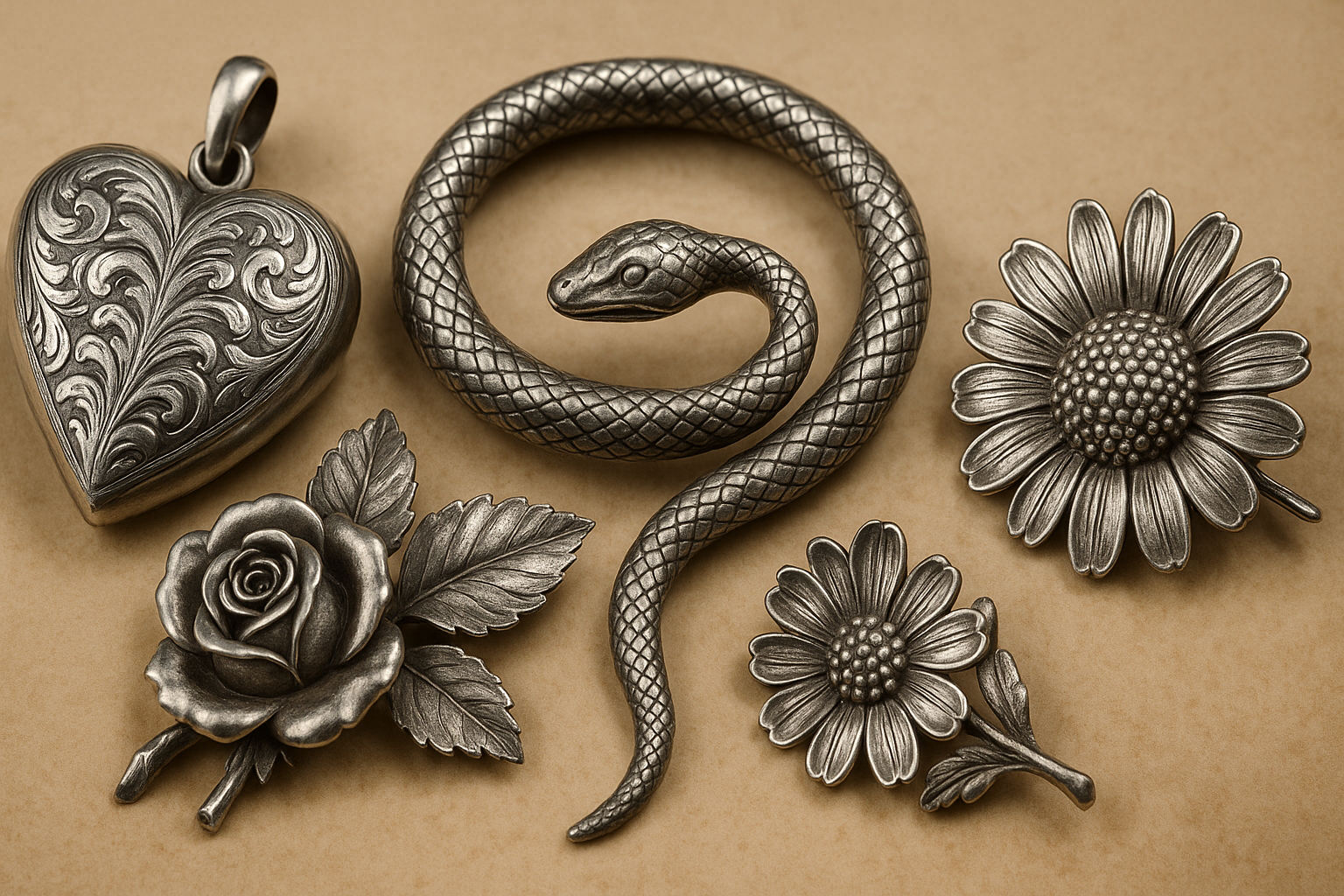
Victorian Motifs - Symbolism and Meaning in 19th Century British Decorative Culture
Victorian decorative culture told through symbols

In Victorian Britain (1837–1901), decorative designs became more diverse than ever before.
The development of mass production technology after the Industrial Revolution allowed ornaments to spread beyond social classes and play a role in visualizing concepts such as love, faith, and memory.
In a class-conscious British society, it is remarkable that such a cultural motif was shared by people of all social classes.
To this day, these iconic designs remain at the heart of Victorian design.
In this article, we will focus on three motifs that are particularly frequently used and have clear symbolism: the heart, the snake, and the flower, and examine their origins, meanings, and relationship to materials based on historical documents.
Heart motif - a symbol of love and remembrance
Origin and establishment
Since the Middle Ages, the heart shape has spread throughout Europe as an icon symbolizing love, faith, and the soul.
In the 16th century, it was also used in religious paintings as a motif (Sacred Heart) representing devotion and faith, and from the 18th to 19th centuries it became established as a major design for decorative items.
In Victorian jewelry, it was particularly valued as a symbol of love, marriage, friendship and remembrance.
Materials and Case Studies
The British Museum and the Victoria and Albert Museum have large collections of heart-shaped lockets and pendants.
Many of these had structures inside that could hold portraits, hair, and miniatures, and served the function of physically preserving personal memories.
From the 1860s to the 1880s, a variety of materials were used, including silver, gold, jet, and onyx, and designs bordered with black enamel were also seen.
social function
The heart motif was not only used as a symbol of engagement and friendship, but was also incorporated into mourning culture.
When a loved one is lost, a heart-shaped locket containing a lock of their hair is used as a form of mourning jewelry, symbolizing "eternal bonds" and "lasting memories."
The snake motif - a symbol of eternity and rebirth
Ancient origins and symbolism
In ancient Egyptian, Greek and Roman cultures, the serpent has been regarded as a symbol of rebirth, eternity and wisdom.
The Ouroboros, a ring-shaped animal biting its own tail, is known as a symbol of the cycle of life and infinity.
During the Victorian era, these ancient symbols were reevaluated and the snake was revived as an important decorative motif, an example of the nostalgia for the past brought about by the Industrial Revolution.
Royal Family and Trendsetting
In 1839, Queen Victoria received an engagement ring from Prince Albert that was designed to resemble a snake.
This ring is a gold snake-shaped ring with an emerald in the center, and its existence is recorded in 19th century jewelry historical documents such as Evans, A History of Jewellery 1100–1870 , 1953.
This incident led to the snake becoming widely used as a design symbolizing "eternal love," "wisdom," and "protection."
Development into decorative items
Snake motifs were frequently used in rings, bracelets, necklaces, etc. Bracelets in particular favored shapes in which the snake wraps around the arm, emphasizing the three-dimensional shape and texture of the material.
Many of his pieces are made not only of gold and silver, but also of composite materials such as enamel and glass, making them a typical Victorian design that combines symbolism and decorativeness.
Floral motifs - expressing nature and emotion
Flower Language and Symbolic Culture
In 19th century Europe, the "language of flowers" became widespread, and flowers were incorporated into decorative arts as a means of symbolizing emotions and virtues.
Home education and etiquette books (e.g., Kate Greenaway, The Language of Flowers , 1884) also introduced the idea of expressing one's will through flowers, and this culture had a major influence on jewelry design.
Examples of major symbols
- Rose: Love, beauty, loyalty
- Violet: Humility, sincerity, remembrance
- Lily of the Valley: Purity, rebirth after death
- Daisy: Innocence, purity
These were incorporated into silver and goldwork using techniques such as engraving, enameling and openwork, and many can be seen in museum collections.
Naturalism and the scientific interest
From the mid-Victorian era onwards, "naturalism," which depicts plants and insects realistically, became mainstream.
This trend was linked to interest in natural history and botany, and technological developments such as stamping, engraving, and enamel painting made it possible to depict flower petals in detail.
Motif combinations and symbolism
Motifs are not only used alone, but there are also examples where multiple motifs are combined to emphasize meaning.
- Heart x Flower: "Love and loyalty"
- Snake x Heart: "Eternal Love"
- Flower x Cross: "Faith and Rebirth"
This symbolism is also common in literature, painting, and funerary decoration, and indicates that ornaments were understood within social and religious contexts.
It is very interesting that the snake, which is considered a devil in Christianity, has become such a popular motif.
Relationship with materials
The symbolism of the motifs was also closely linked to the materials used.
- Silver : A symbol of purity and honesty. Widely used in middle-class ornaments.
- Gold : Symbolizes wealth and permanence. Used in engagement rings and fine jewelry.
- Jet : Associated with the culture of mourning and used in symbolic designs such as flowers, hearts and crosses.
- Enamel : Suitable for expressing color, and is particularly used for floral decorations.
Materials and motifs were not simply aesthetic choices, but were combined with symbolic meaning and function.
conclusion
Victorian motif decoration was the crystallization of symbolic culture that reflected the spirit of the times, including social values, religious views, and views of nature.
- Heart : Love and Memories
- Snake : Eternity and wisdom
- Flowers : a celebration of emotion and nature
These became widespread throughout society with the advancement of mass production technology during the Industrial Revolution, and functioned as a means of visualizing individual emotions and beliefs.
These symbols are essential keys to understanding 19th century British decorative culture, and remain the essence of Victorian design today.
